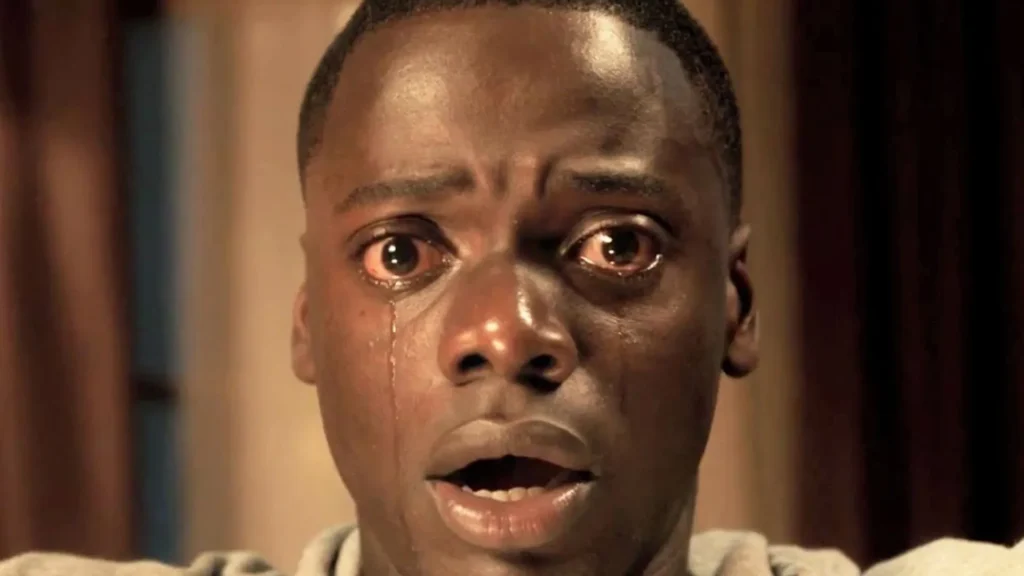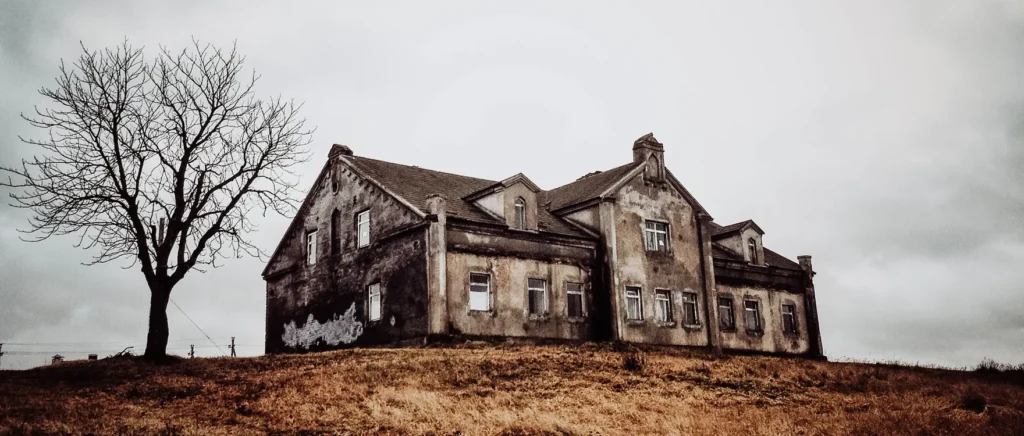
Guest Editor: Max Bledstien
Introduction
EXCERPT: “In both geographical scope and interest in different forms of media, the articles display a proclivity for exploring a range of ways in which horror texts can be discussed and analyzed.”
Articles
Here to Stay: Death, Mourning and Hauntology in Denis Côté’s Répertoire des villes disparues (2019)
By Silvia Angeli
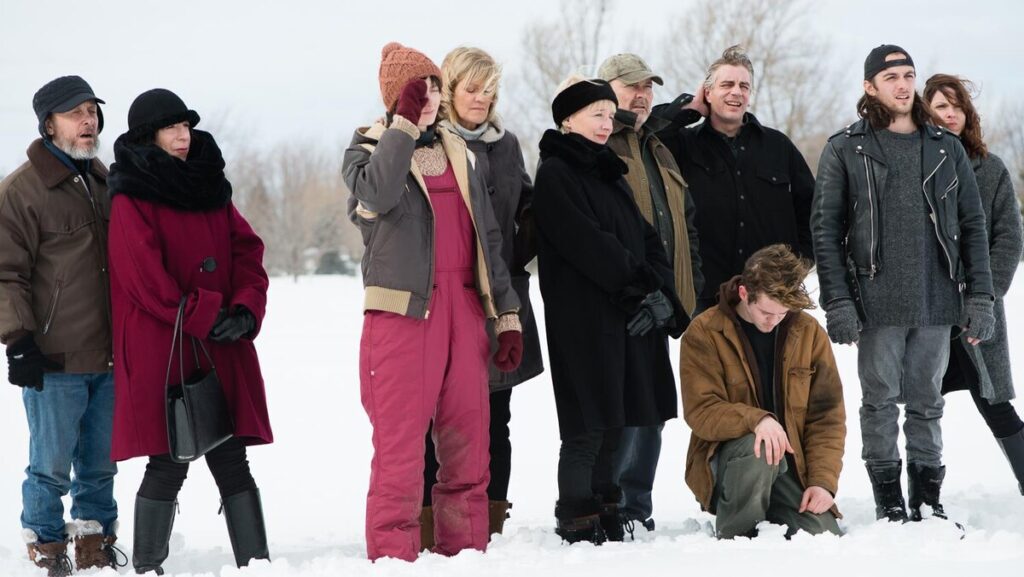
EXCERPT: “Heeding the Derridean lesson, Répertoire urges us to take on the past and its complex legacy and to make space for the ghosts; that is, for cognitive uncertainties, chronological gaps, and emotional dissonances, even as it reawakens a sense of possibility and potential for social change.”
“Fully Authenticated by Respected Scientists”: Fact, Fiction, & the Roots of Paranormal Reality Shows in American Television History
By Matt Boyd Smith
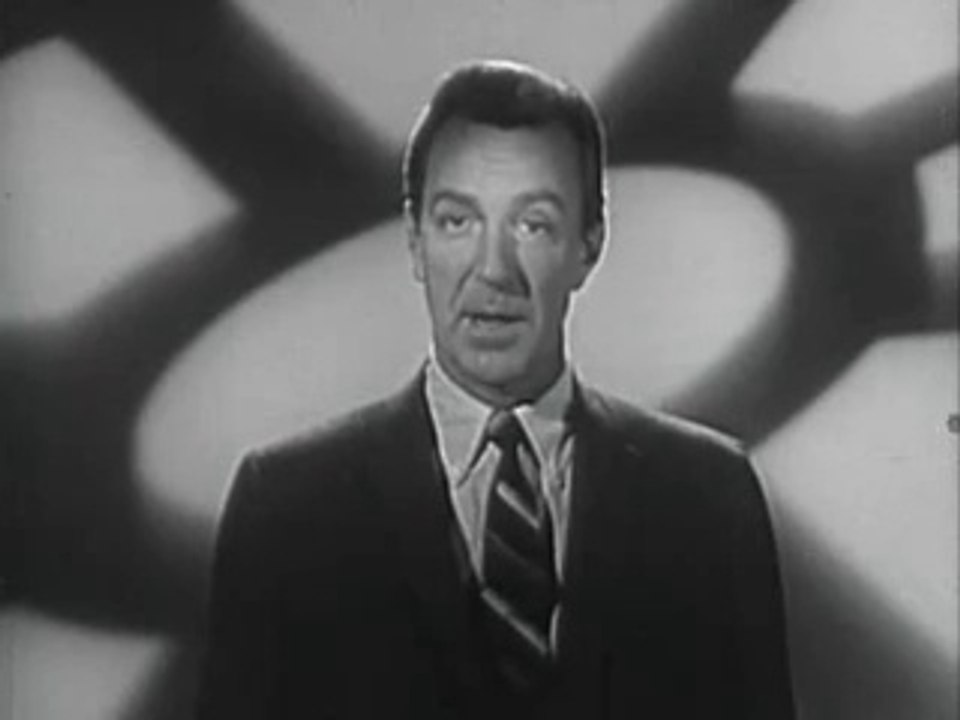
EXCERPT: “In this essay, I use One Step Beyond and In Search Of . . . as case studies to demonstrate how paranormal reality shows generate their sense of authenticity for viewers, and how the discursive strategies used to create that sense are deployed at different junctures in the development of the genre relative to industrial conditions and audience tastes and interests.”
“Scream for your lives!”: The Philosophy of Horror in William Castle’s The Tingler (1959)
By Daniel Tilsley
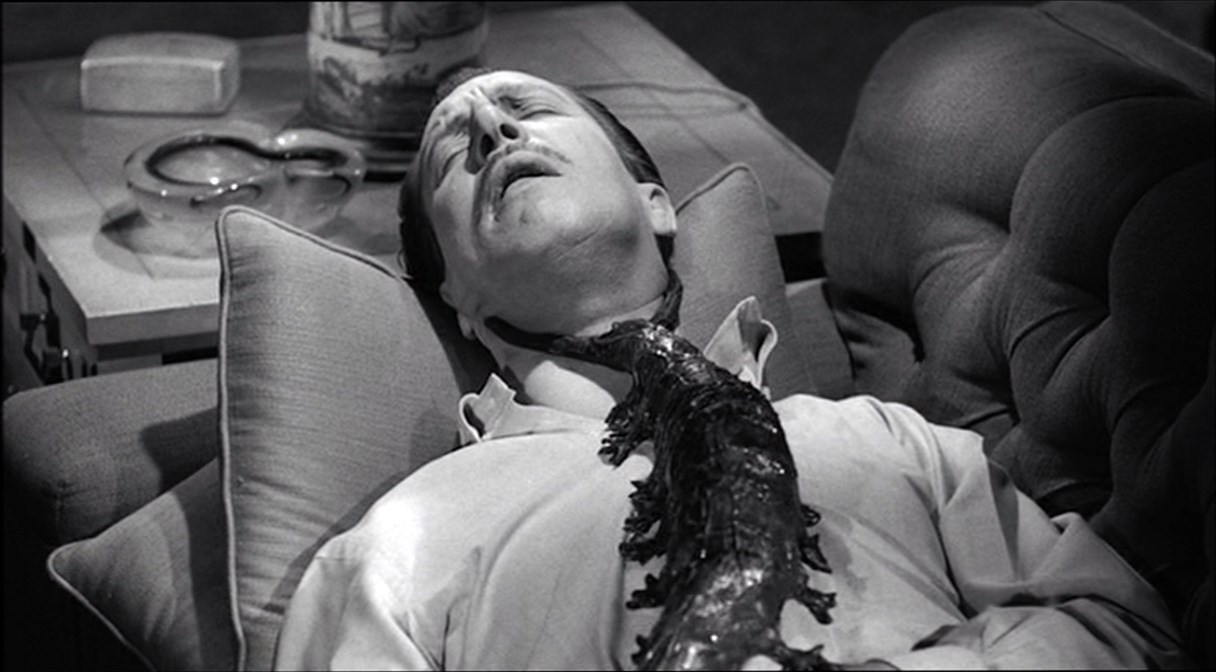
EXCERPT: “An examination of The Tingler in relation to contemporary philosophical discourses can lead one to see a broader interplay between lowbrow American horror cinema and culturally central and pervasive philosophical preoccupations – in this case, those of existential phenomenology.”
Double Vision: Global Irony in Brian De Palma’s Sisters (1972)
By Burke Hilsabeck
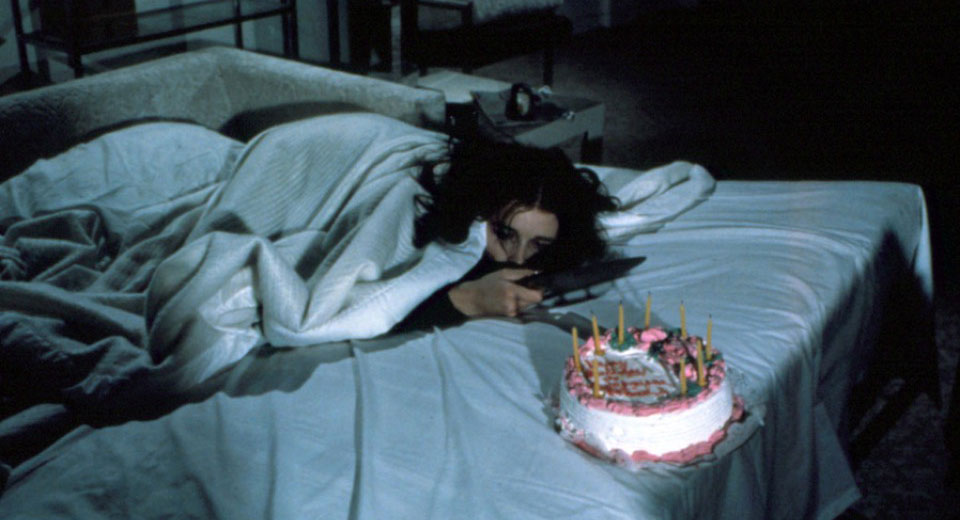
EXCERPT: “I will argue that De Palma is a rare bird, an ironist whose medium is cinema and that the irony of his films constitutes a particular and highly detached relation to commercial filmmaking and viewing.”
Entering the Walloon Gothic: Nationalist Border Crossing and Othering in Contemporary Flemish Cinema
By Lennart Soberon and Gertjan Willems
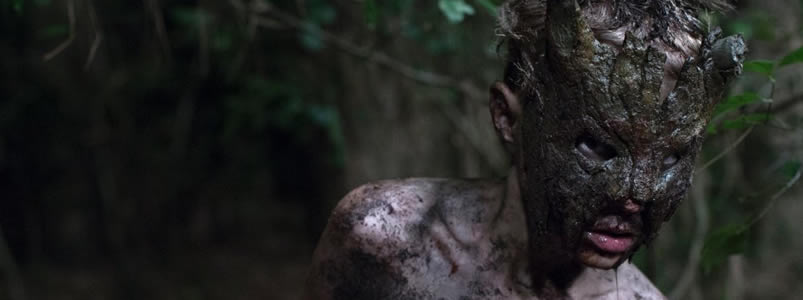
EXCERPT: “By accommodating nationalist discourses in generic frameworks such as the crime or horror film, it is common among contemporary Flemish mainstream films to represent the Walloon region and its subjects as enveloped in an aura of mystery, hostility, and abject impurity, which we call the Walloon Gothic. Rather than considering these representations to be the result of filmmakers’ overt nationalist ambitions, they can be seen as adaptations of the themes, tropes, and aesthetics of the American Southern Gothic to the socio-political setting of contemporary Belgium.”
Dementia and Contemporary Horror Movies: Gendered Ageing and the Haunted Home
By Morgan Batch and Mark David Ryan
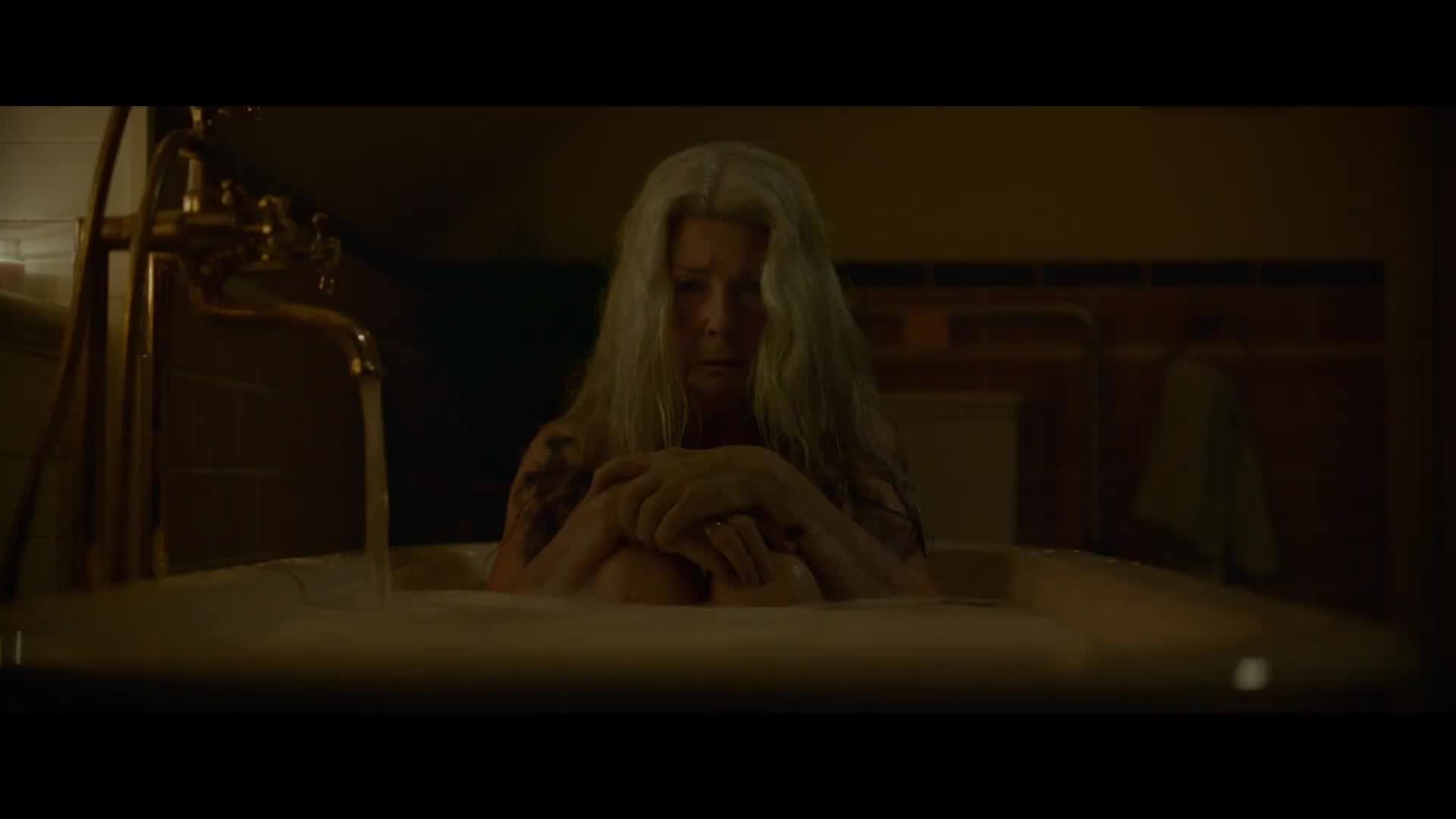
EXCERPT: “This surge in films about dementia is symptomatic of a heightened awareness and general anxiety towards dementia due to the ageing population globally. These horror films are a direct response to, even an exploitation of, both personal and collective societal anxiety about dementia. The films represent the darker side of the cultural discourse by dramatising and perpetuating the purported horrors of living with dementia or caring for someone with the condition.”
Encounters through Books of Light: Uncanny Television and Media Archaeology in The Living and the Dead
By Will Abbiss
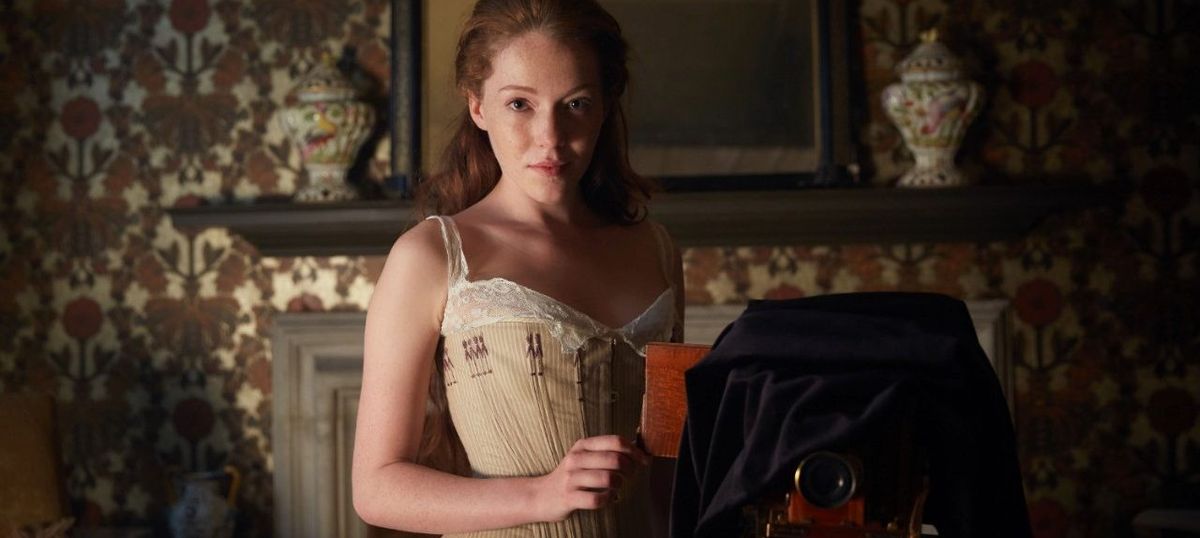
EXCERPT: “The mutual haunting between past and present is the driving force of The Living and the Dead’s narrative, with Lara’s otherworldly intervention altering the traumatic history of Shepzoy and the Appleby family. The drama foregrounds the impact of the contemporary era on televisual depictions of the past.”
“Breathe in for Your Vitality”: The Breath as the Nexus of Meaning in Ari Aster’s Midsommar
By Jessie Krahn
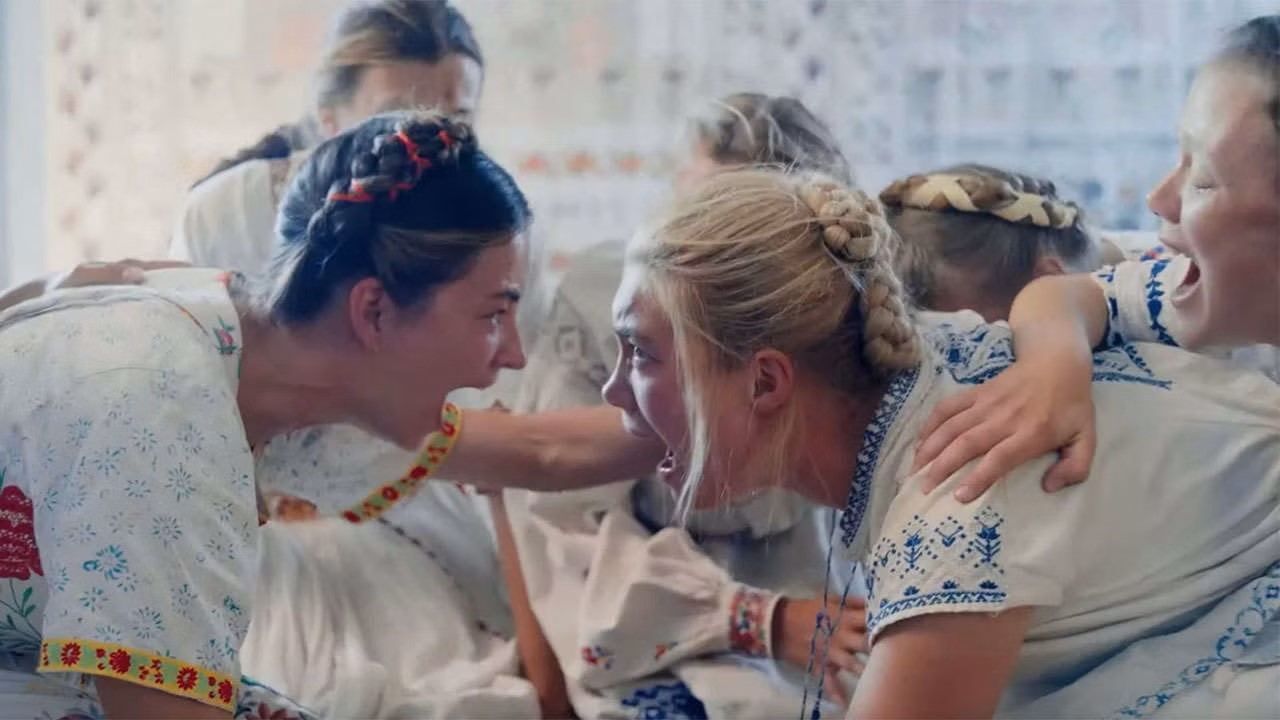
EXCERPT: “Midsommar demands viewers to feel and sit with the discomfort of sharing the air with complicated characters. Breathing works in the film like hallucinogenic drugs, reflecting an empathic connection between individuals as a catalyzing component of wider spiritual convalescences from traumatic events.”
Read more from Jessie Krahn in her Short Take, Something in the Midsommar Air!
Special Dossier: Horror Fans and Audiences
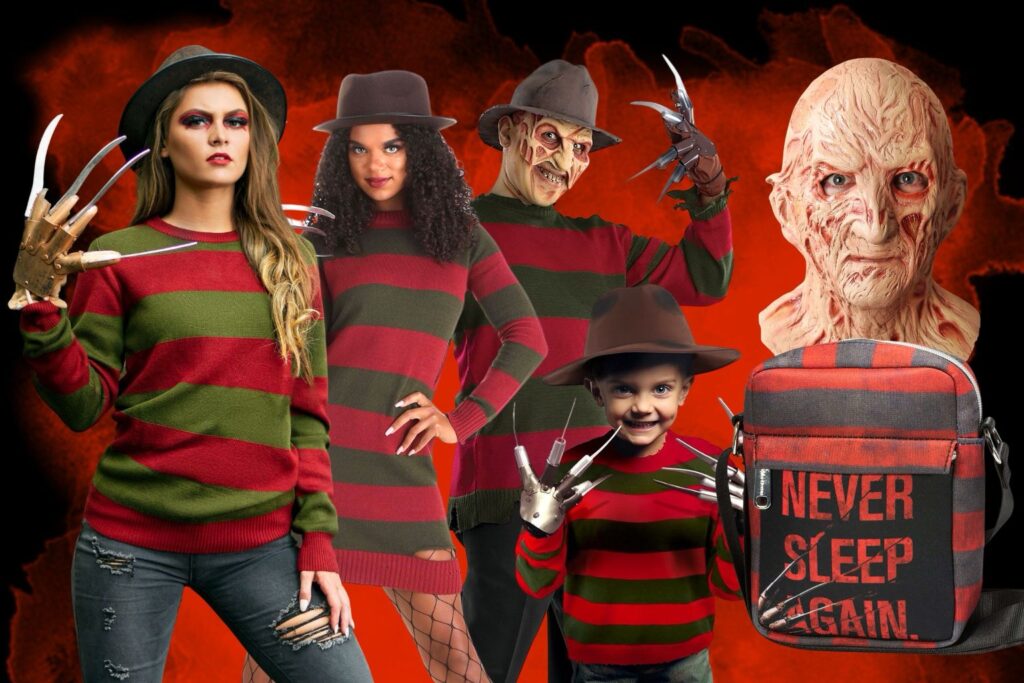
Editors: James Rendell and Kate Egan
Introduction
EXCERPT: “Despite the heterogeneity of approaches to the analysis of horror audiences employed across these articles, one key element that unites them is that the experiences, investments, and valuations explored all connect, in key ways, to conceptions of cultism and cult media practices.”
Nostalgia, Satire, and Subcultural Capital at the Drive-In: Examining Horror Host Joe Bob Briggs as a Cultural Intermediary
By Lisa Ellen Williams
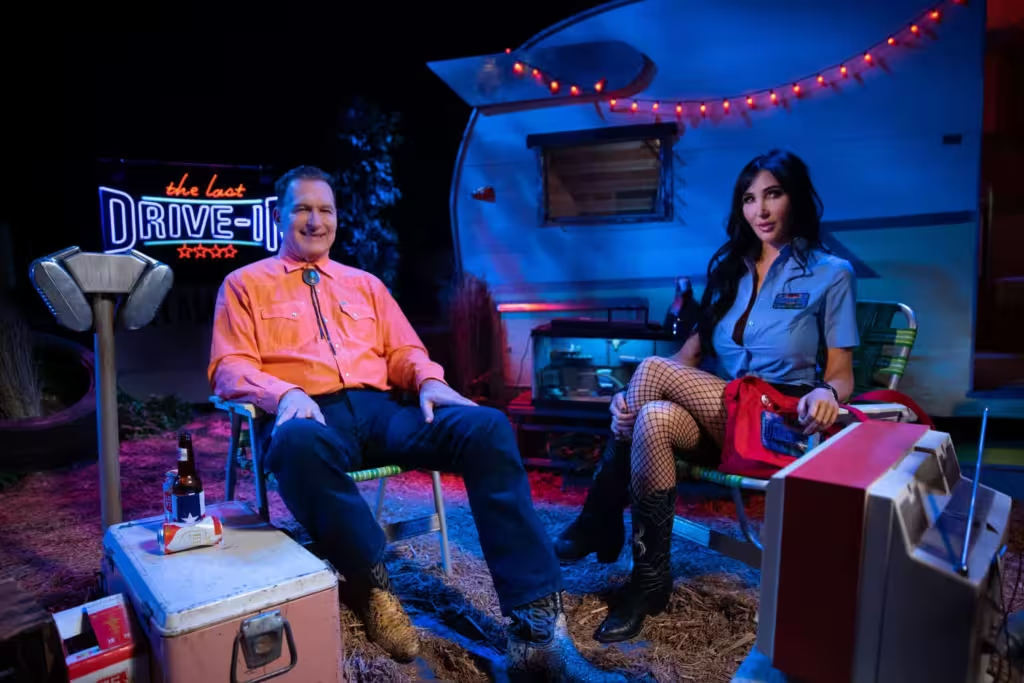
EXCERPT: “This article argues for the importance of examining cult icons like Briggs as cultural intermediaries and transmedia texts. Doing so reveals a plethora of interdisciplinary areas within cult, horror, and fandom studies that have been neglected entirely or received limited critical attention.”
Contemporary Horror on Physical Media: Prestige Releasing and Cult Consumption in the Case of Second Sight’s Distribution Practices
By Eddie Falvey
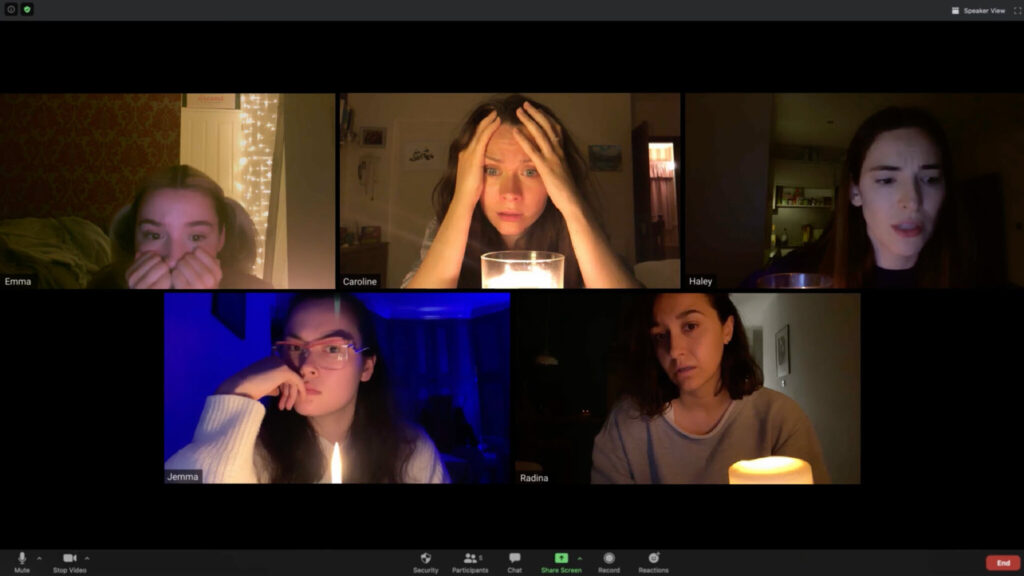
EXCERPT: “By producing collectible objects that project ideas about value…Second Sight’s release strategies offer evidence of the prolificacy of horror releasing within this sector, of the market’s tendency to capitalise on cult discourse, and how the overlapping (and often cultist) spaces of horror and physical media fandom feed into each other.”
Subversive Pedagogies: The Remembered Impacts of Children’s Horror Television on Millennial Australian Audiences
By Merinda Staubli
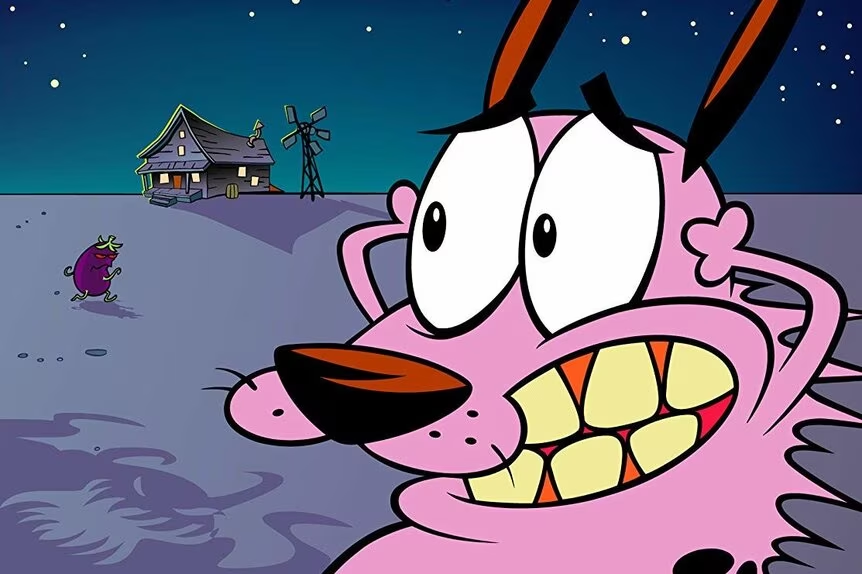
EXCERPT: “Depictions of the monstrous and strange in these programs promote acceptance of difference. Fans cite memories of children’s horror television as instrumental in helping to construct their current identities, influencing their tastes, social groups, creative pursuits, and even careers.”
Dangerous Exchange Students: Battle Royale and Transcultural Fans’ Intertextual Gatekeeping
By James Rendell
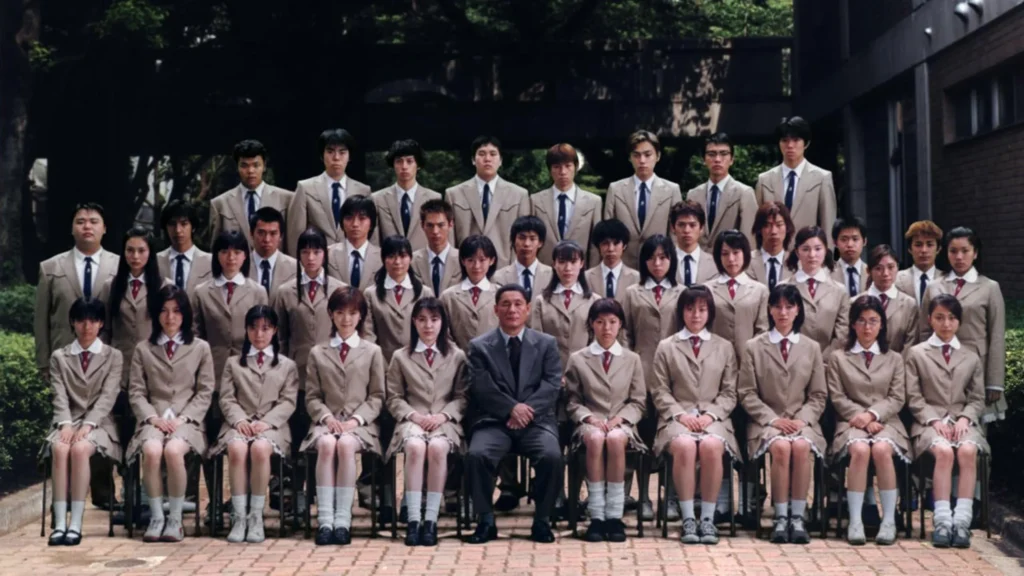
EXCERPT: “Fandom can foster gatekeeping, ringfencing, and border control. However, being a fan is also about mapping intertextual pathways, forging clusters, and building connections. By giving credence to those [Battle Royale] fans that form affective linkages to [The Hunger Games], this article highlights how transfandom can bridge the symbolic gap between media objects.”
Reviews
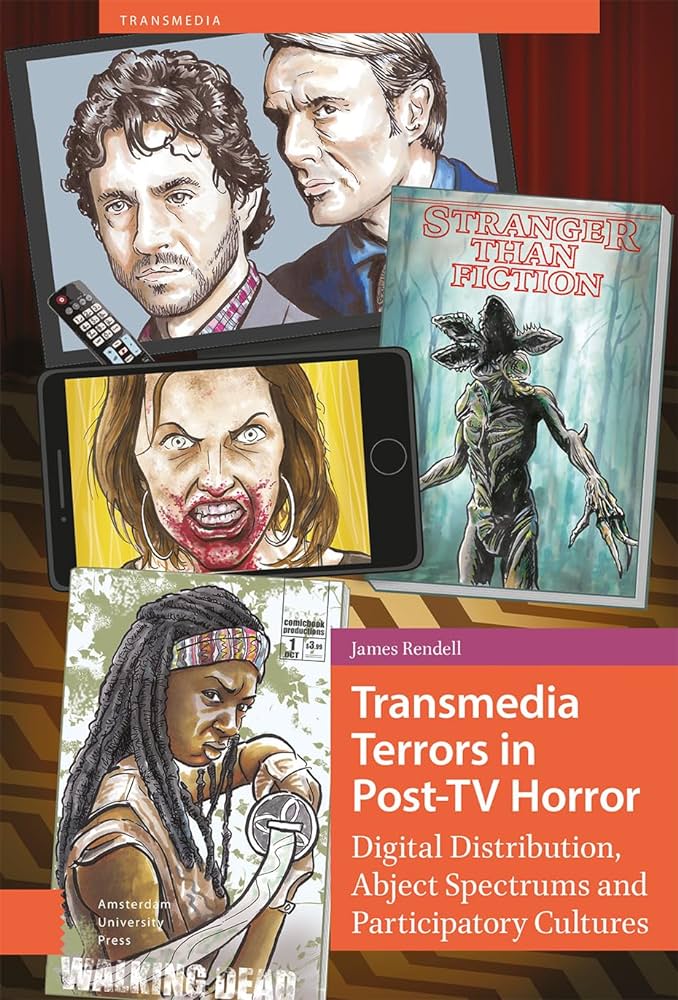
Transmedia Terrors in Post-TV Horror: Digital Distribution, Abject Spectrums and Participatory Cultures

Reviewed by Eleanor Rosemary Gratz
EXCERPT: “Transmedia Terrors situates itself at the intersection of horror studies, television studies, and fan studies. Rendell employs canonical and contemporary scholarship to aid in assessing the post-TV horror landscapes and fan engagements. Canonical scholarship such as Julia Kristeva’s theories of abjection, Michel Foucault’s ‘author-function,’ and Kimberlé Crenshaw’s work on intersectionality are a few theoretical positions Rendell includes.”
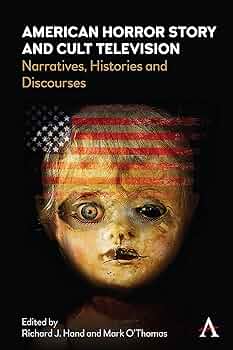
American Horror Story and Cult Television: Narratives, Histories and Discourses

Reviewed by Bruna Foletto Lucas
EXCERPT: “The show’s ability to interweave complex political, economic, and sociocultural themes makes it a rich subject for scholarly exploration. Additionally, its continuous insistence in portraying characters from varied backgrounds has culminated in an overall progressive representation of LGBTQ+ characters and racial issues that have garnered praise from critics, fans, and television studies scholars. The edited collection herein is a testament to this critical engagement, presenting ‘a range of diverse scholarship which responds to the narratives, histories and discourses of AHS in ways that open up new thinking within the Television Studies field’ (5).”
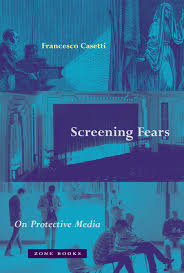
Screening Fears: On Protective Media

Reviewed by Ruggero Eugeni
Screening Fears: On Protective Media, Francesco Casetti (Princeton UP, 2023)
EXCERPT: “In this book, the author describes the constitution of the dispositif-assemblage of protective media as a process of metonymic enlargement: the screen is grafted into an environment, thus constituting ‘an optical-environmental compound’ (26) and ends up extending to it its dual function (also etymologically attested) of protection and projection: from this intuition derives the title of the volume, Screening Fears. Casetti’s book thus fits into the strand of studies on screens and, more broadly, on the role of technical objects and processes in determining environments and trends in media experience (see Buckley, Campe, and Casetti 2019).”
Related Content
Podcast Episode: Ben Rubin and Geneveive Newman on Horror Archives at the University of Pittsburgh

Flash Frights, HTML Horrors: Horror Gimmick Websites and the Shadow of Blair Witch
By Alex Svensson
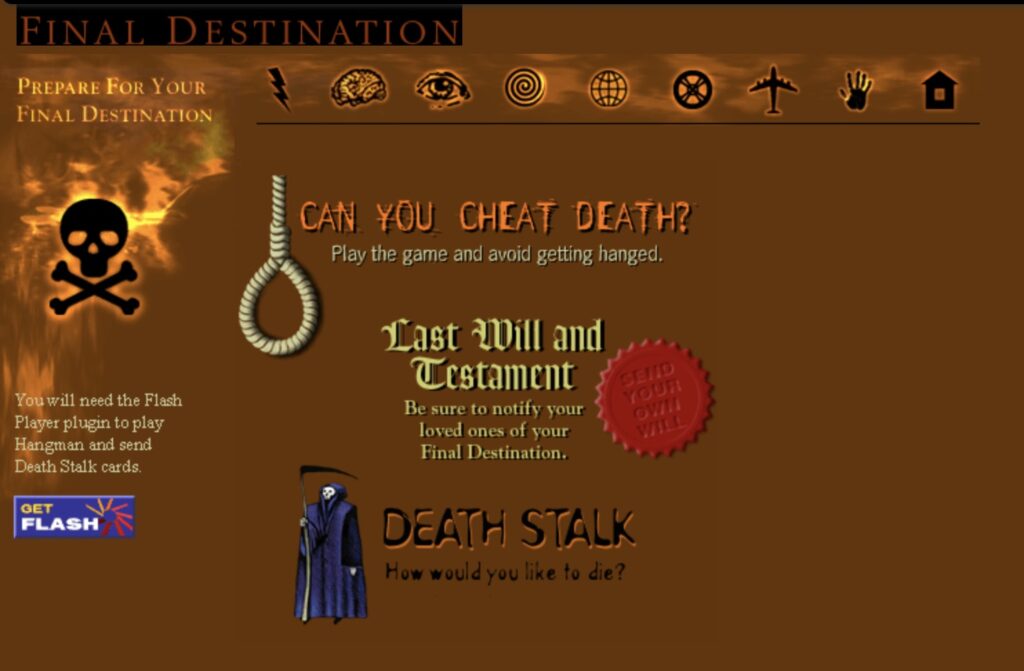
Adam Lowenstein and Max Bledstein on “Horror Film and Otherness” (Columbia University Press, 2022)

“Now Is the Time of Monsters”: A Roundtable on Contemporary Horror
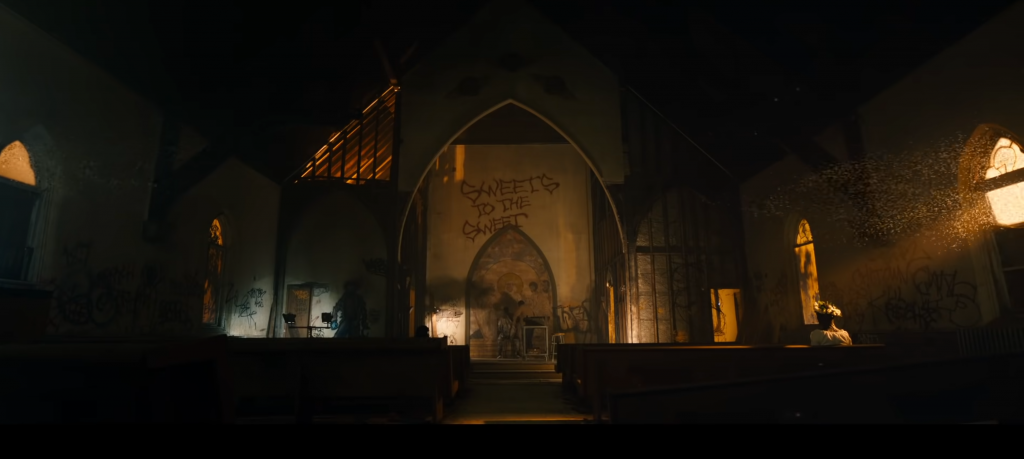
Horror Media Studies Reading List
